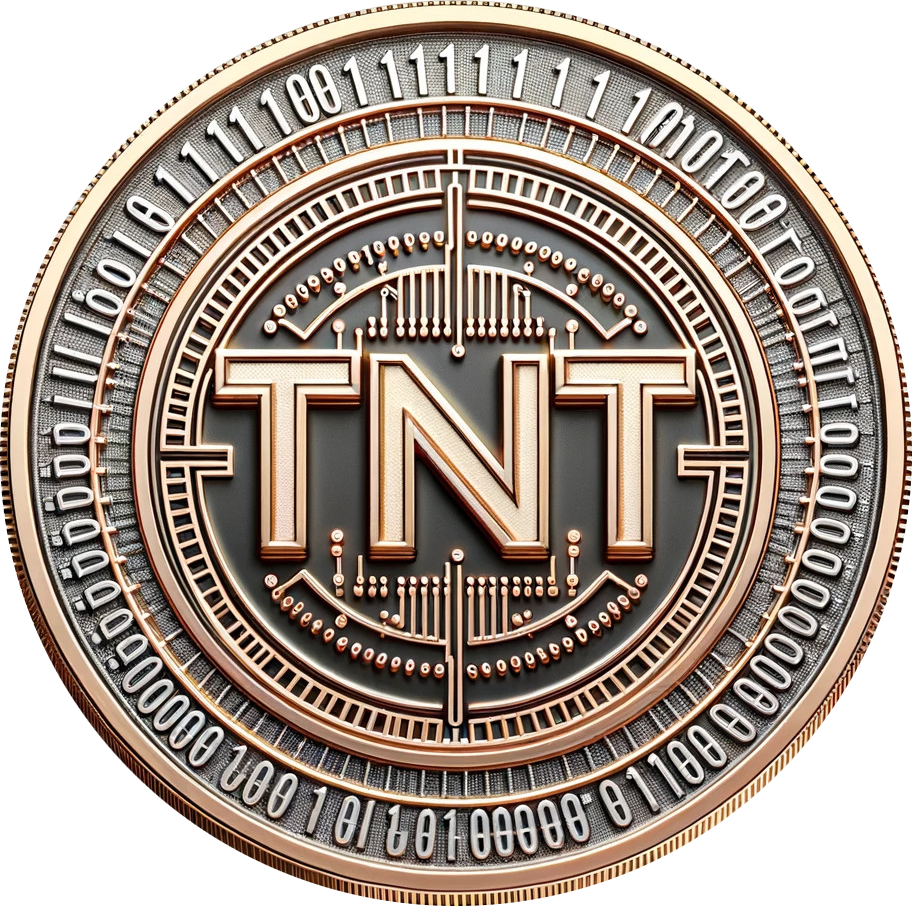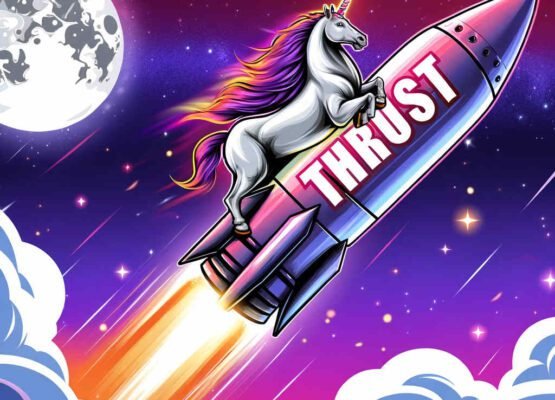Combining ZK-SNARKs (Zero-Knowledge Succinct Non-Interactive Argument of Knowledge) with Validium provides a powerful framework for scaling blockchain applications while maintaining privacy and data integrity. Here’s a detailed look at how ZK-SNARKs are integrated into Validium setups:
What is Validium?
Validium is a layer-two scaling solution similar to zkRollups but differs in how it handles data availability. While zkRollups publish all transaction data on the main chain (layer one), Validium keeps the data off-chain. This results in lower transaction costs and higher throughput, as the data doesn’t congest the main blockchain.
Role of ZK-SNARKs in Validium
ZK-SNARKs are critical in Validium for the following reasons:
- Validation of Transactions:
- ZK-SNARKs enable the creation of cryptographic proofs that validate the correctness of transactions without revealing any underlying data. This ensures that all transactions processed off-chain are valid according to the rules of the blockchain without storing transaction data on-chain.
- Enhanced Privacy:
- By using zero-knowledge proofs, Validium can maintain the privacy of transaction details even though the transaction validity is confirmed. This is particularly valuable in use cases like private payments or confidential business processes.
- Data Integrity Assurance:
- Although the transaction data is off-chain in Validium, ZK-SNARKs ensure data integrity by proving that the off-chain data still adheres to on-chain logic and rules without needing to store or reveal the actual data on the blockchain.
How ZK-SNARKs Work in Validium
The process involves several key steps:
- Data Handling and Storage:
- Off-chain data storage solutions are used to keep the bulk of transaction data. This data must be highly available and securely stored to prevent tampering or loss.
- Proof Generation:
- Operators or validators of the Validium system periodically compute ZK-SNARK proofs for batches of transactions processed off-chain. These proofs attest to the correctness of the entire batch without revealing individual transaction details.
- Proof Verification:
- The proofs are submitted to the main blockchain (Ethereum, for example). Smart contracts on the blockchain then verify these proofs. If a proof is verified successfully, it means the batch of transactions it represents is valid, and the new state can be accepted.
- Challenge and Fraud Proofs:
- If there is a dispute regarding the correctness of the state or transactions, ZK-SNARKs allow for efficient and concise fraud proofs. This means incorrect states can be challenged and resolved without the full data needing to be on-chain.
Challenges and Considerations
- Trusted Setup:
- ZK-SNARKs require a “trusted setup” phase, where the cryptographic parameters are generated. The security of the system relies on the secrecy and integrity of this setup process. If the setup is compromised, the validity of the proofs could be at risk.
- Complexity and Resource Intensity:
- Generating ZK-SNARK proofs is resource-intensive and can be complex, requiring significant computational power and expertise in zero-knowledge cryptography.
- Data Availability Trade-offs:
- While keeping data off-chain reduces costs and scales throughput, it introduces risks around data availability. If off-chain data becomes unavailable, it could jeopardize the system’s ability to verify transaction histories or produce new proofs.
- Regulatory and Compliance Issues:
- Depending on the jurisdiction and specific application, using off-chain data storage and validation might face regulatory challenges, especially concerning data privacy and security laws.
Conclusion
Validium, powered by ZK-SNARKs, offers a promising solution for scaling blockchain applications with enhanced privacy and reduced costs. However, the setup requires careful consideration of data management, security, and the computational demands of proof generation. As the technology evolves, further improvements in proof generation efficiency and data handling methods could make Validium an increasingly viable option for mainstream blockchain applications.


